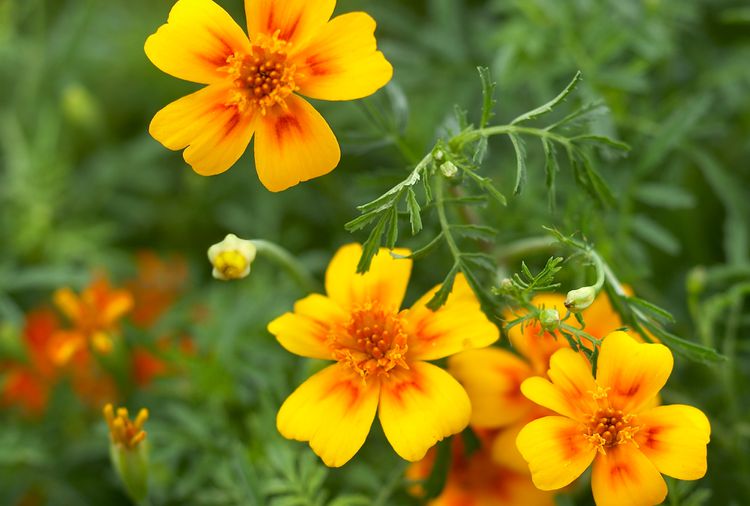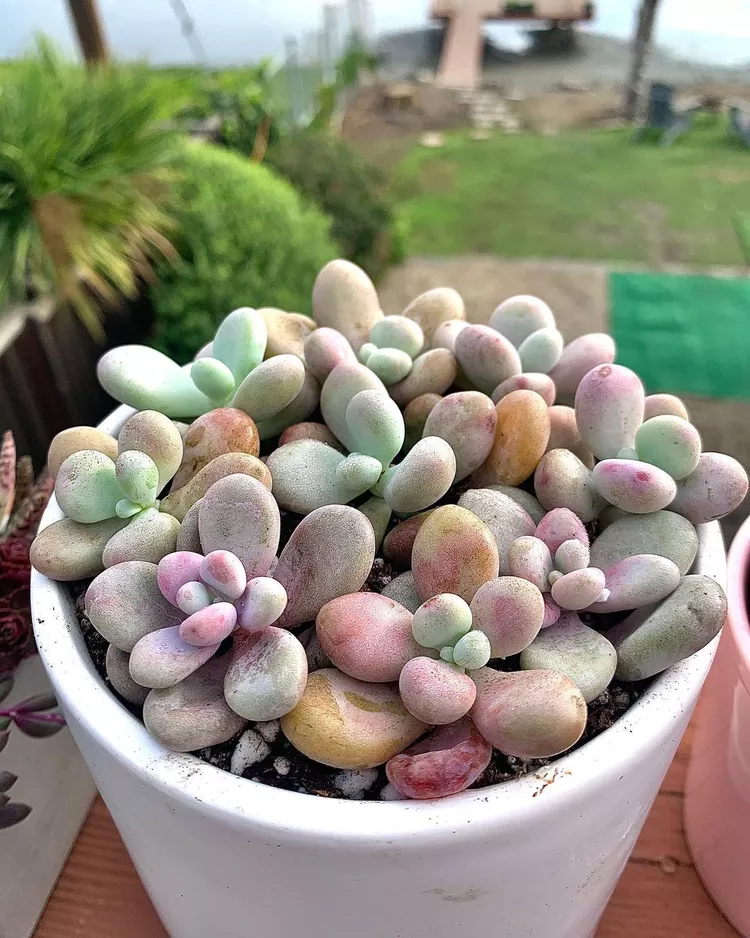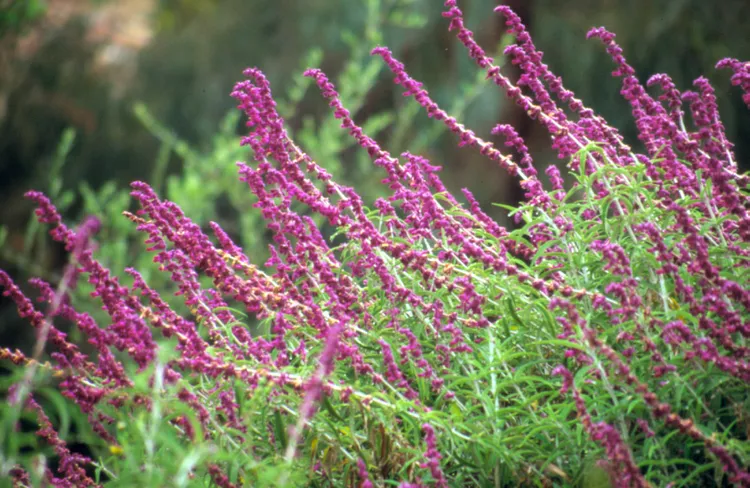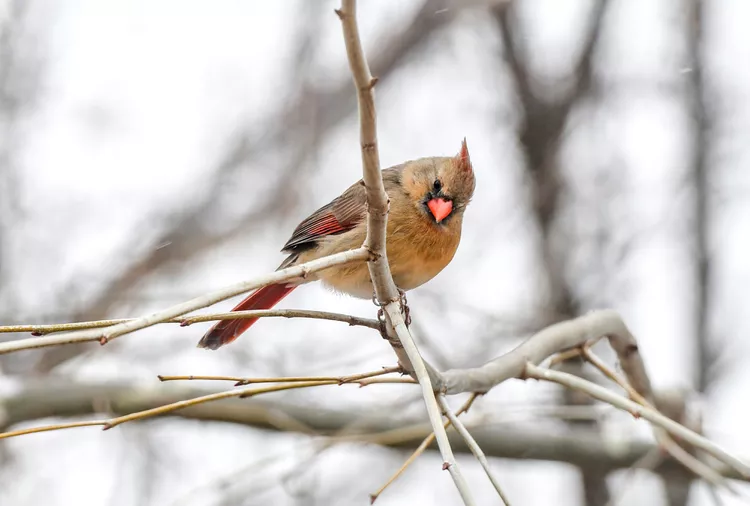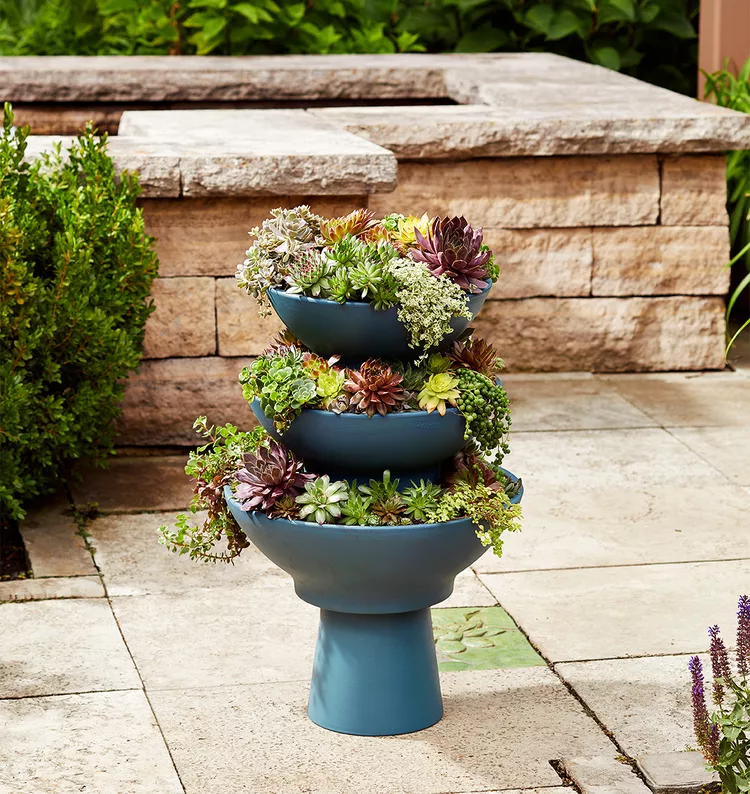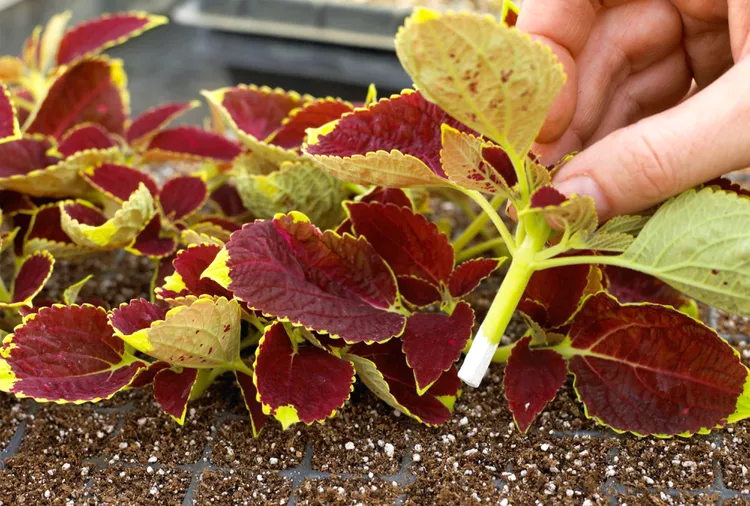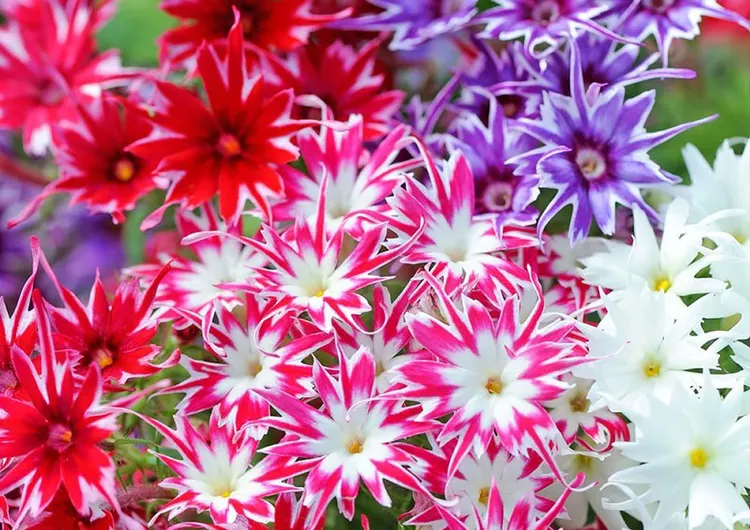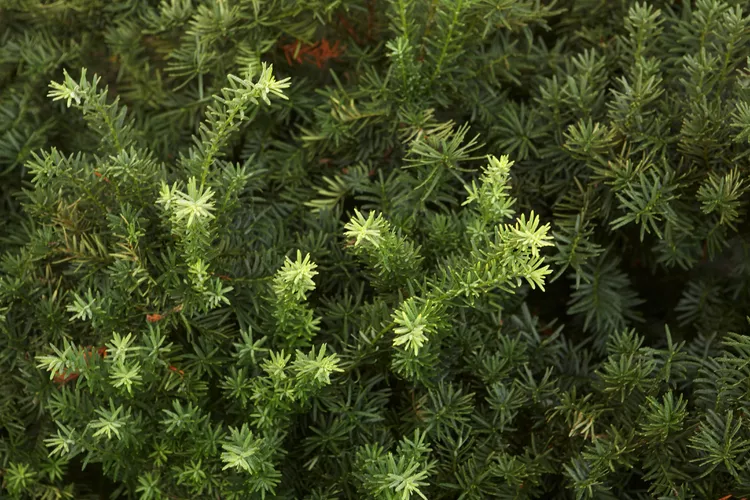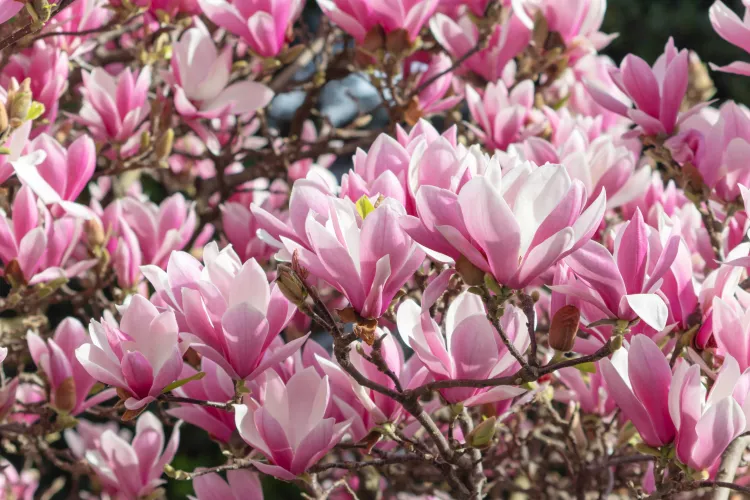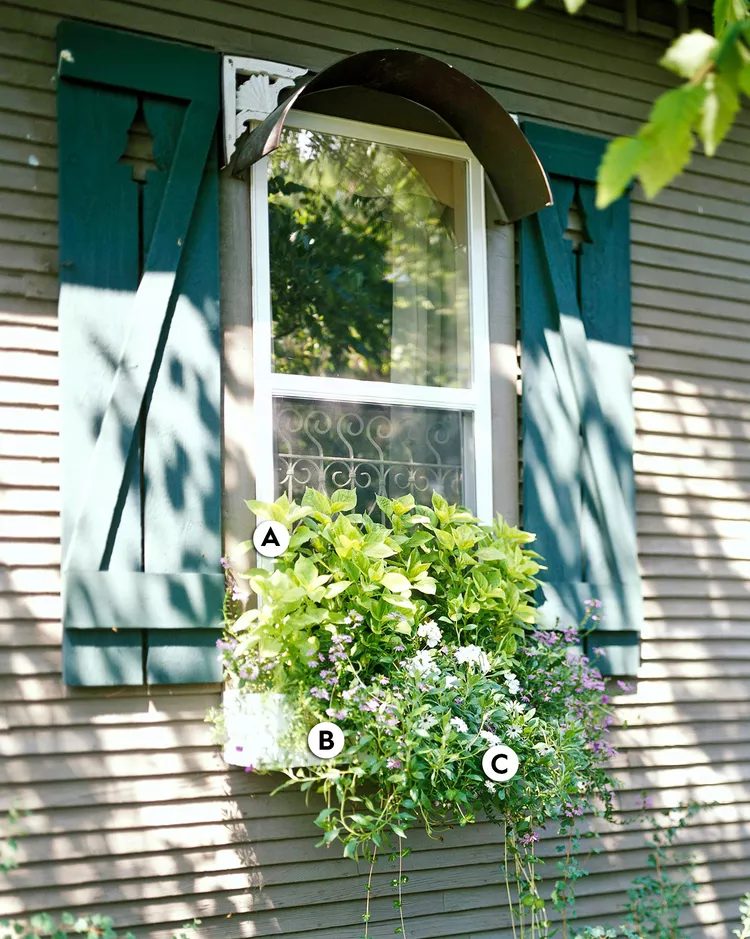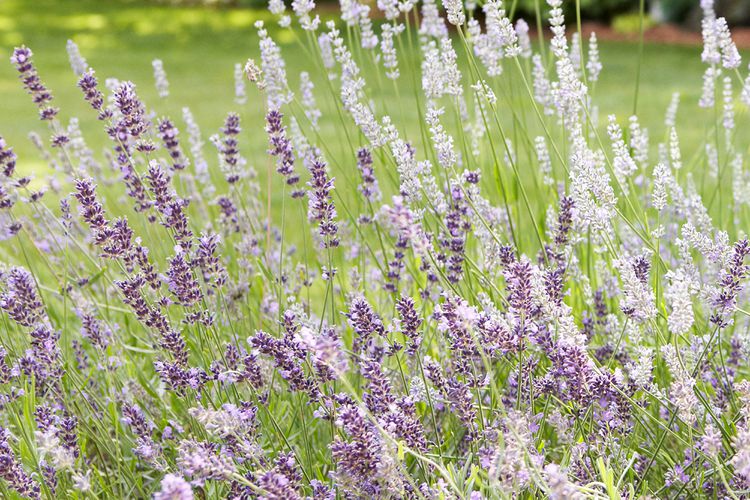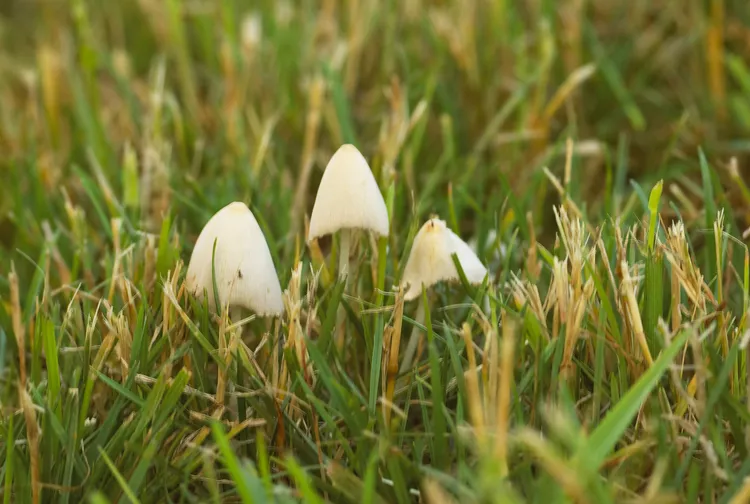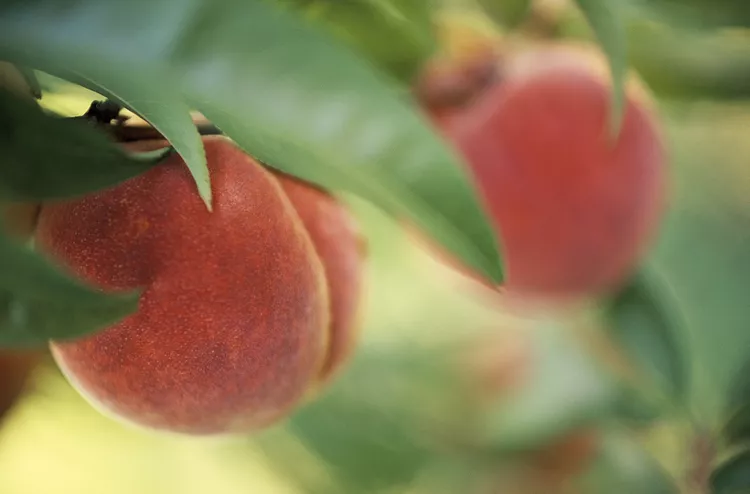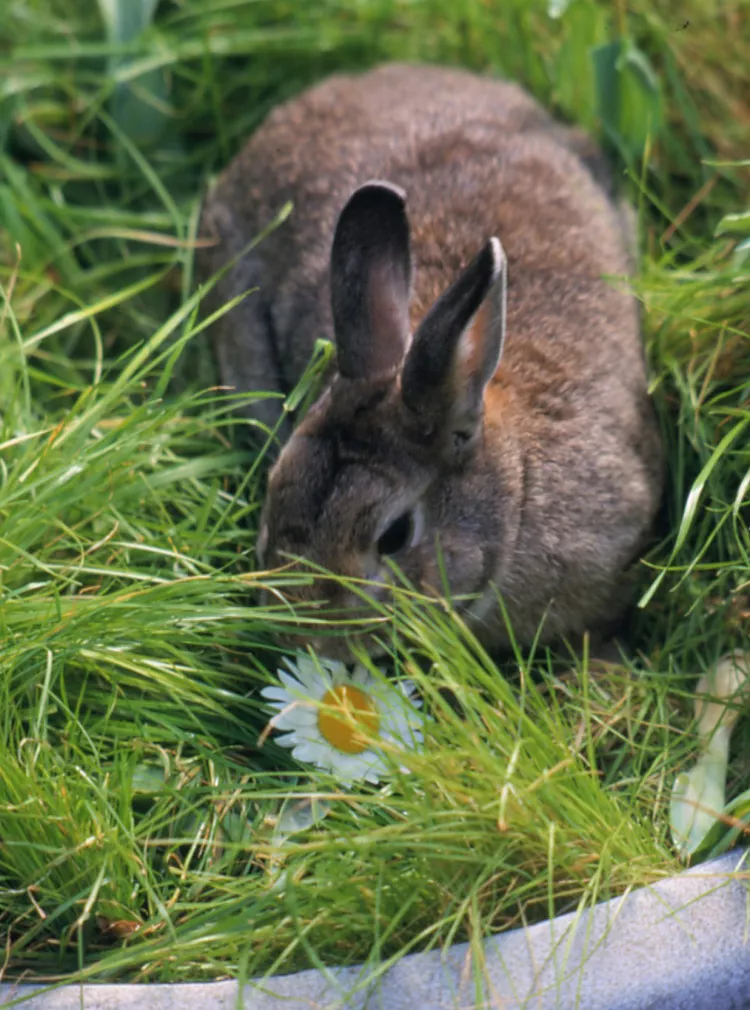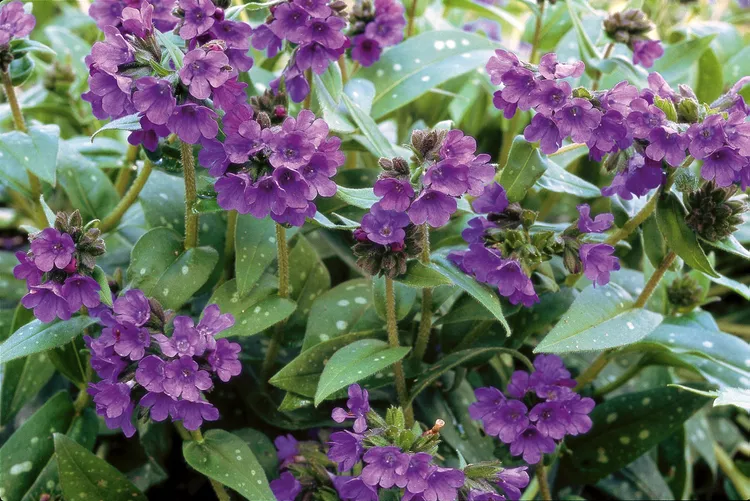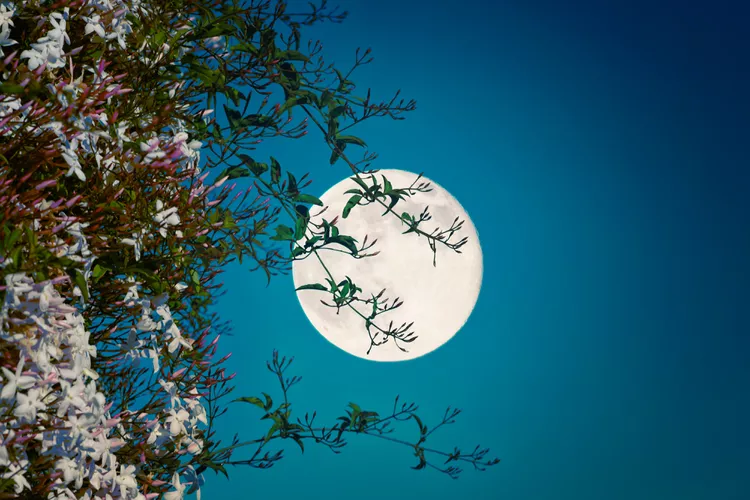The most familiar types of marigolds may be the standard yellow or orange ones in four-packs at the garden center. But marigolds come in a wide variety of gorgeous sizes, shapes, and colors and have many uses. Some are large enough to hide a trash can, while others barely reach ankle high. Certain types of marigolds make excellent cut flowers or tasty additions to your salad. Other marigolds are great for repelling pests. Here are the best types of marigolds to grow in your garden to enjoy these pretty and useful plants.
Types of Marigolds for Gardens
Marigolds are commonly divided into three categories: African, French, and signet. All these marigolds are fast-growing annual plants that bloom reliably from early summer to frost. Deadheading will encourage more blooms and prevent marigold volunteers from popping up next spring. However, each type has its unique characteristics.
African Marigolds
These tall and stately plants make beautiful borders along fences, at the back of perennial beds to set off other flowers, and as a large patch all on their own. African marigolds (Tagetes erecta) are good for cutting for arrangements with long, sturdy stems and good vase life. They are relatively low-maintenance summer flowers and thrive in hot, dry conditions. Here are a few of the prettiest varieties of African marigolds to try:
- ‘White Swan’ is a unique, creamy white or chiffon-colored double marigold. Rounded, 2-3 inch wide blooms on long stems make excellent cut flowers without the typical marigold scent some people dislike. Plants reach 2-3 feet tall and make a gorgeous back-of-bed selection.
- ‘Crackerjack’ is another tall marigold with double blooms in pumpkin orange and canary yellow. Reaching about 30 inches tall, it may require staking in windy areas. This variety loves the summer heat and, with deadheading, will keep putting out gorgeous blooms all the way to autumn frosts.
- ‘Inca’ is a shorter African marigold growing about knee-high, perfect if you don’t have space for a tall plant. Its bright yellow blooms are round like a ball for pretty bouquets.
- ‘Coco Gold’ offers full double blooms in a softer orange hue. This variety has excellent stem length and rigidity for cut flowers and a bonus of tasty edible petals.
- ‘Jedi Orange’ might be the show-stopper you’ve been looking for. With foliage all the way to the ground on plants that can reach four feet tall, the fully double blooms are enormous, some as big as a softball.
French Marigolds
Bushy plants with a compact, mounded shape and bright colors make French marigolds (Tagetes patula) a favorite. They are generally not bothered by insects or disease and make fabulous companion plants for your vegetable garden. Keep deadheaded for blooms all the way to frost. French marigolds range from 6 inches to 2 feet in height.
- ‘Court Jester’ is an heirloom variety with striking red and yellow pinwheel flowers. It tolerates poor soil and looks fantastic grouped in rock gardens where the surrounding stone sets off their colors.
- ‘Alumia Vanilla Cream’ is an early bloomer and covers itself with large 2.5-inch delicate blooms of pale yellow petals and matching centers. It reaches about 12 inches tall and wide.
- ‘Strawberry Blonde’ is a unique marigold displaying colors of pastel pinks, roses, and dusky yellows on bicolor blooms from a short, stout plant.
Signet Marigolds
Perhaps the least well-known type of marigold, signet marigolds (Tagetes tenuifolia) offer simple color and compactness. They are great for window boxes, edging garden beds with color, and companion planting because they won’t shade anything out. Also known as lemon marigolds, some signet varieties give off a lemon scent when their foliage is bruised.
- ‘Starfire’ is a multicolor variety with single flowers of orange, lemon, maroon, and gold. It reaches about 12 inches high and does well in containers and baskets.
- ‘Lemon Gem’ will produce brilliant, almost glowing yellow flowers all summer. At about 10 inches tall, it makes a great companion plant in the vegetable garden, adding some color and bringing in the pollinators.
- ‘Tangerine Gem’ is a small, bright, prolific bloomer with edible petals that look great as a garnish on salads and other summer dishes. It produces tons of single blooms with a plant height of about 10 inches.
The edible flowers of signet marigolds make beautiful garnishes, but make sure to just pluck the petals off and compost the bitter base of the flower for best flavor. Use only flowers that have been grown without the use of pesticides or herbicides.
Other Types of Marigolds to Try
Mexican mint marigold (Tagetes lucida), also known as Spanish tarragon, has a sweet fragrance and is an excellent substitute for French tarragon. The flowers and foliage have a licorice taste and are popular for garnishes and flavoring dishes. Unlike many marigolds, Mexican mint marigold is a tender perennial, hardy in USDA Zones 8-10. If you live in a colder climate, this marigold can be dug up in fall, pampered all winter as a houseplant, and then replanted outdoors in spring. It reaches about 16-20 inches tall.
Irish lace marigold (Tagetes filifolia) sports fine, lacey foliage and is grown as an herb that adds anise flavor to teas and foods. You’ll likely have to order seeds online for this harder-to-find plant.
Mexican marigold (Tagetes lemmonii) is a perennial shrub native to Mexico and the U.S. Southwest. Dainty yellow flowers and a modest 3-4 foot height make an attractive and fragrant deer-resistant display. It’s hardy in Zones 8-11.
Marigolds grow readily from seed, either indoors to get a start on the growing season or sown directly into the soil outside. To save marigold seeds, at the end of the growing season, don't deadhead anymore and let the seed heads dry on the plants. You can then see the seeds when you pull up the withered flower petals on the plant. Store the seeds over winter in a cool, dry place and sow them in spring after all danger of frost has passed.
